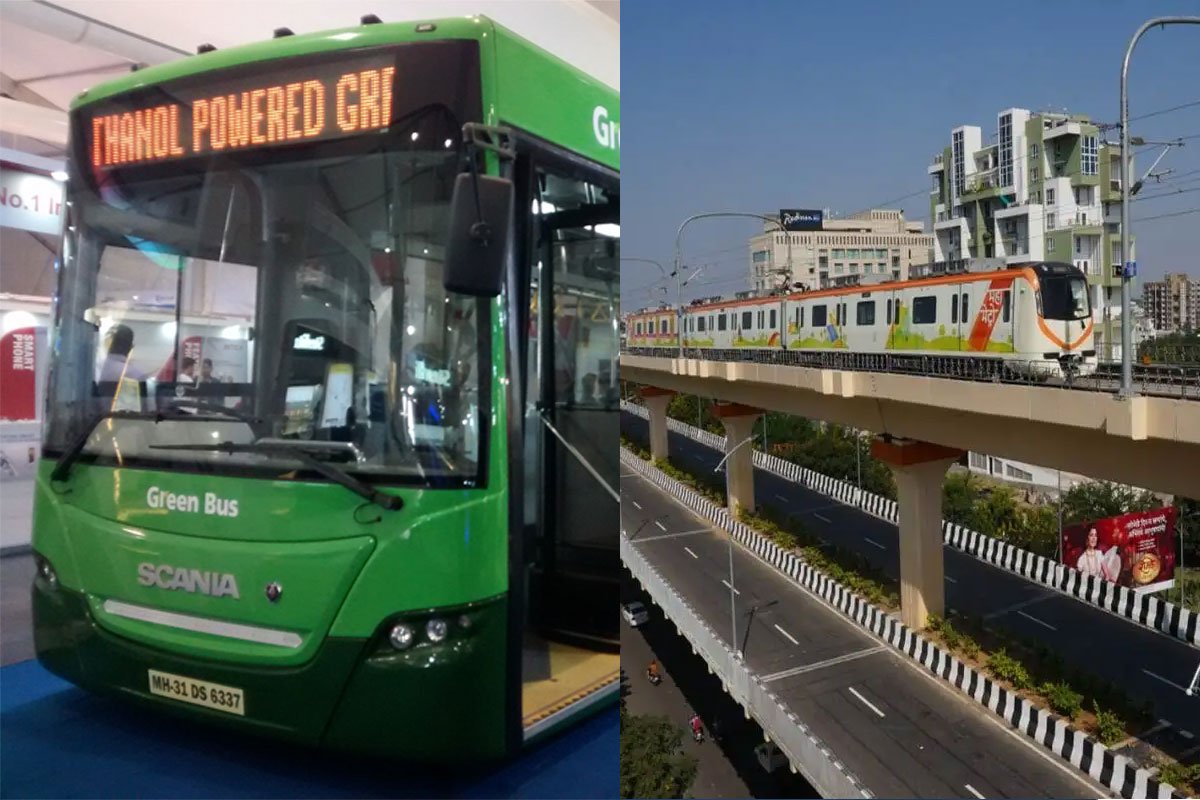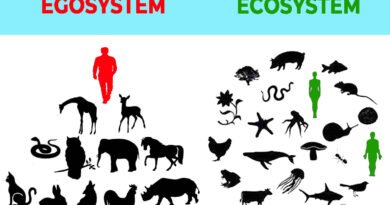Public Transport in India: A Greener Alternative for a Sustainable Future
India, the world’s most populous country, is witnessing rapid urbanization and economic growth. With this growth comes an increasing demand for transportation, leading to a surge in private vehicle ownership. However, this trend has resulted in severe traffic congestion, air pollution, and a decline in overall quality of life in urban areas. In this context, public transport emerges as a more sustainable and environmentally friendly alternative. This article will discuss the environmental benefits of public transport in India, provide relevant statistics, and explore potential solutions to improve the system. Additionally, we will examine the benefits of walking and cycling and calculate the most eco-friendly mode of transport for a person travelling 50 km a day on average. First, let’s see the current state of public transport in India
What is the current state of public transport in India?
Let me explain what is public transport, it is a mode of transport which allows a large of group people to travel together at a very affordable price. For example buses, trains, metro, monorail and extra. The condition of public transport in India is not in a good state, a lot of people do not have access to public transport, and if they have it is usually congested and no place to travel in it. You might have seen the Trains in Mumbai or buses in various cities like Banglore, Chennai, Delhi and Nagpur, and how packed they travel.
This is mainly because we do not have adequate trains and buses for the people. I live in Nagpur, and the buses here are not maintained properly, they create a lot of pollution and breakdown often. In 2023 I have seen some improvements in buses and metros. We now have Electric buses and a decent metro network. We need a lot of improvements in our public transport system. Currently 18% of the population, travel by public transport in India.
Let’s see the environmental benefits and solutions of public transport in India.
Environmental Benefits of Public Transport in India
- Reduced Greenhouse Gas Emissions: Public transport, particularly electric buses and trains, produces significantly lower greenhouse gas emissions per passenger-kilometre compared to private vehicles. According to a study by the International Association of Public Transport (UITP), switching to public transport can reduce CO2 emissions by up to 65% compared to using private cars.
- Improved Air Quality: With over 14 of the world’s 20 most polluted cities in India, air pollution is a major concern. Public transport, especially electric and CNG-powered vehicles, emit fewer pollutants than private vehicles, contributing to better air quality. A study by the Centre for Science and Environment (CSE) found that if Delhi’s public transport system were improved, it could reduce air pollution by 27%.
- Reduced Traffic Congestion: Public transport can carry a larger number of passengers in a more space-efficient manner, reducing traffic congestion and the associated environmental impacts. A single bus can replace up to 40 private cars on the road, while a train can replace hundreds of cars.
- Lower Noise Pollution: Public transport systems, especially electric vehicles and trains, generate less noise pollution compared to private vehicles. Reduced noise pollution contributes to a more peaceful urban environment and better quality of life.
- Conservation of Natural Resources: Public transport systems, particularly electric and CNG-powered vehicles, consume fewer natural resources like fossil fuels compared to private vehicles. This helps in conserving non-renewable resources and reducing the overall environmental impact.
Statistics
- According to the Society of Indian Automobile Manufacturers (SIAM), India had over 326.3 million registered vehicles in 2022, with a majority being two-wheelers and cars.
- A study by the Boston Consulting Group (BCG) found that Indian cities like Mumbai, Delhi, and Bengaluru rank among the top 10 most congested cities globally, with commuters spending an average of 1.5 hours more in traffic each day compared to less congested cities.
- The World Health Organization (WHO) estimates that road traffic accidents in India account for over 150,000 deaths annually, with a significant proportion of these accidents involving private vehicles.
Solutions to Improve Public Transport in India
- Expanding and Modernizing Infrastructure: Investing in the expansion and modernization of public transport infrastructure, such as metro rail systems, bus rapid transit (BRT) corridors, and dedicated cycling lanes, can make public transport more accessible and efficient.
- Promoting Electric and CNG Vehicles: Encouraging the adoption of electric and CNG-powered public transport vehicles can significantly reduce emissions and improve air quality.
- Implementing Integrated Ticketing Systems: Introducing integrated ticketing systems can make public transport more user-friendly and encourage more people to use it.
- Raising Public Awareness: Conducting awareness campaigns to educate citizens about the environmental benefits of public transport can help change mindsets and promote its usage.
- Encouraging Walking and Cycling: Promoting non-motorized transport options like walking and cycling can further reduce the environmental impact of transportation. Creating pedestrian-friendly zones, bike-sharing programs, and safe cycling infrastructure can encourage more people to choose these sustainable modes of transport.
Benefits of Walking and Cycling
- Zero Emissions: Walking and cycling produce no greenhouse gas emissions, making them the most environmentally friendly modes of transport.
- Improved Health: Regular physical activity, such as walking and cycling, can help prevent chronic diseases, improve mental health, and increase overall well-being.
- Reduced Traffic Congestion: Encouraging walking and cycling can help reduce the number of private vehicles on the road, leading to less traffic congestion and associated environmental impacts.
- Cost Savings: Walking and cycling are cost-effective modes of transport, saving individuals money on fuel, vehicle maintenance, and parking fees.
Best Public Transport System
Belin, Prague, Tokoyo, Hong Kong and Singapore are some of the places in the world that have a good public transportation system. These places have a good and fast network of trains, subways, trams, and buses. In Tokyo, 57% of people use public transport. Almost 91% of people in Germany have access to public transport. In Singapore, 45% of people use public transport. In Hong Kong, over 90% of its people use public transport.
Calculating the Most Eco-friendly Mode of Transport for 50 km Daily Travel
Assuming a person travels 50 km a day on average, we can compare the CO2 emissions per passenger-kilometre for different modes of transport:
- Private car (petrol): 120 g CO2/passenger-km
- Private car (electric): 90 g CO2/passenger-km
- Private car (diesel): 170 g CO2/passenger-km
- Bus: 68 g CO2/passenger-km
- Metro: 14 g CO2/passenger-km
For a 50 km daily commute:
- Private car (petrol): 120 g x 50 km = 6,000 g CO2
- Private car (electric): 90 g x 50 km = 4,500 g CO2
- Private car (diesel): 170 g x 50 km = 8,500 g CO2
- Bus: 68 g x 50 km = 3,400 g CO2
- Metro: 14 g x 50 km = 700 g CO2
Based on these calculations, the metro is the most eco-friendly mode of transport for a person travelling 50 km a day on average. Though these carbon emissions are average, it varies from place to place and what is the source of the fuel that the mode of transportation it is using.
Conclusion
Public transport is a more sustainable and environmentally friendly alternative to private vehicles in India. By investing in infrastructure, promoting cleaner vehicles, and raising public awareness, India can improve its public transport system and contribute to a greener future. Encouraging walking and cycling can further reduce the environmental impact of transportation and promote a healthier lifestyle. As individuals, choosing public transport, walking, or cycling over private vehicles can significantly reduce our carbon footprint and help combat climate change. Hope you get an idea about the current state of public transport in India and what are the potential environmental benefits of public transport.







